So in the spirit of coming back to my beloved blog, and my all-time favorite kind of posts…I present to you the Friday Five. This week I am sharing with you five principles of knitting from my first knitting teacher, that I have carried with me all these years.
#5: Do NOT wait to use tools and fibers you love
Ok, I lied…My mom actually tried to teach me how to knit several times. It never took. But in hindsight, using cold metal needles and gross acrylic yarn of the seventies was not at all inspiring. In Susan’s community class, we got some yummy local handspun yarn and bamboo needles to work with. I recall casting on the first stitches, feeling the warmth of the wooden needles and softness of the wool yarn, and something just clicked. If you are going to slow stitch, you want to luxuriate in the sense of touch as you create fabric out of amazing tools and textiles. Colors you just can not take your eyes off of, watching how the colors pool or stripe as you create the fabric. THIS is what led me to seek out the next project…and the next…and the next…
#4: Pay attention to ergonomics
As we worked on our first hat in class, Susan would pick up her knitting and knit along with us. As she worked a beautiful fair isle vest for her husband, I noticed she was holding her yarn differently than the way she had taught us. When I asked her about it she said it was a hybrid of 2 styles of knitting that she came up with that was easier on her hands (I can’t for the life of me remember the two styles). At the time, I was still slowly trying to remember the movements of knitting in a way referred to as throwing. When you are first knitting, throwing is the easiest method to learn and master. But as you become a more prolific knitter, any repetitive movement can become a serious hand injury. Changing up how you knit for each project, and remembering to do your hand stretches can minimize the chance of injury. I shared some tips in this video on YouTube.
#3: Lean into swatching
I get it…sometimes when you have a pile of awesome smooshiness, you just want to dive in and make the thing. It is ever so tempting to look at the recommended needle and gauge on the label and dive right in. But there are so many things that can shift your gauge ever so slightly and waste HOURS of your time knitting something ill-fitting that you will never wear.
Just knit a 4″ square gauge already.
It will save you so much time and heartache. If you are working without a pattern but need to get fit (more on this in a minute) you will absolutely want to have an idea about the gauge given your style of knitting, needle, and size of yarn in relation to the density and drape of the fabric. Try reframing your thoughts around swatching. See it as a chance to test drive a yarn/needle combo before you commit. Be in the moment of just seeing how this awesome smooshy yarn performs. Swatching is mindless enough to do over coffee, at stitch and bitch, or even with wine.
#2: Recreate what you love
After we finished our first project hats, we jumped right into recreating our favorite sweaters. As ambitious as this seemed in an era before Ravelry, it was just the a-ha moment I needed to get me thinking of all the possibilities. By starting with a sweater you love, you are super sure it will fit you and be in a style you like. We were taught how to measure the sweater pieces, pay attention to the construction and apply our knitted gauge to the measurements. Fiberista…this is my go-to method for making a sweater. Although it takes way more math-brain than an artist usually cares to apply to their work, in the end, it yields an almost foolproof method of making sweaters that I absolutely love.
#1: Keep knitting
A few months after the end of my knitting class, I ran into Susan at a social gathering. She asked me if I was still knitting. As I told her no, I could see the disappointment on her face. I really hated that she thought her lessons had not impacted me. At that time, while knitting was not a part of my day-to-day life, I knew I really enjoyed it. I lived in Alabama (ie..too hot for wool), and at the time there were only 2 real yarn stores…one about to close and the other on the edge of town within the property of the state park.
As a teacher I get it. She really did provide principles that totally resonated with me, but the fact I had not kept going appeared as if I was not impacted. But, in fact, I was…in ways she probably had no idea would blossom into my life’s work as a fiber artist. Three years after that class I picked up my knitting again…seeking out good needles and delightful yarn and proceeded to make an awful scarf that was way too wide. I moved to Asheville with its good yarn shops, colder weather, and artisan craft community. It all fed my new knitting obsession.
In a nutshell, to make fiber art via slow stitch methods you will need to spend a lot of time actually slow stitching. Knitting is portable enough to always be knitting…stolen moments on the bus, over coffee in the morning, hell even on a zoom call. Susan had brought in a guest teacher who made 50 pairs of socks in a year. She was a real estate agent that knit as she made her client calls. But the point was, a body of work was made by working through stolen moments and consistency. I am guilty of falling off the knitting wagon for months at a time. But, but consistency comes from just picking it back up. Keep knitting even if the breaks are long.
At some point years ago, I friended Susan on Facebook and sent a private message to let her know that I indeed was knitting and actually, she was the ripple that led to learning how to spin and dye yarn, start a yarn business, become a knitting pattern tech editor, and teach so much of what she taught me to dozens of others. She was not much of a social media person, so I never knew if she ever read it. Her little community college knitting class became such a legacy for me and the community I connect with. So much of how I work, I attribute to that little 4-week class. I will always hold her in my heart.

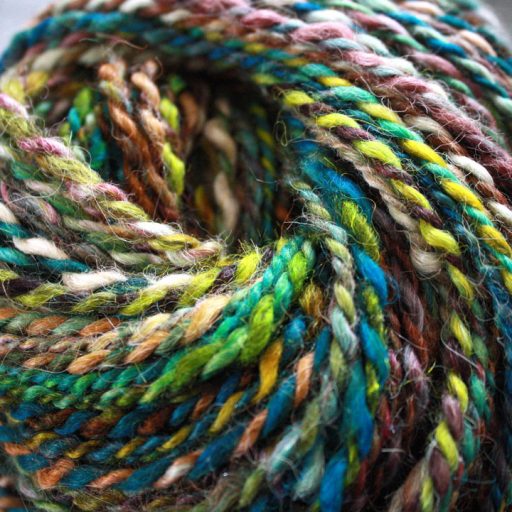
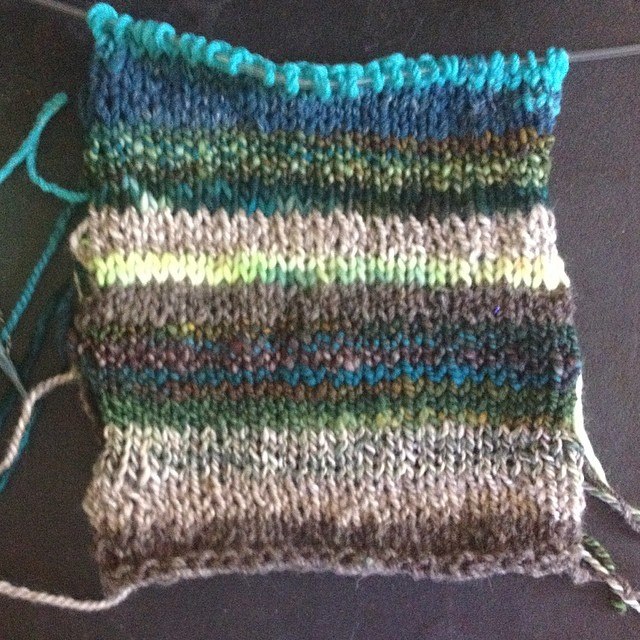

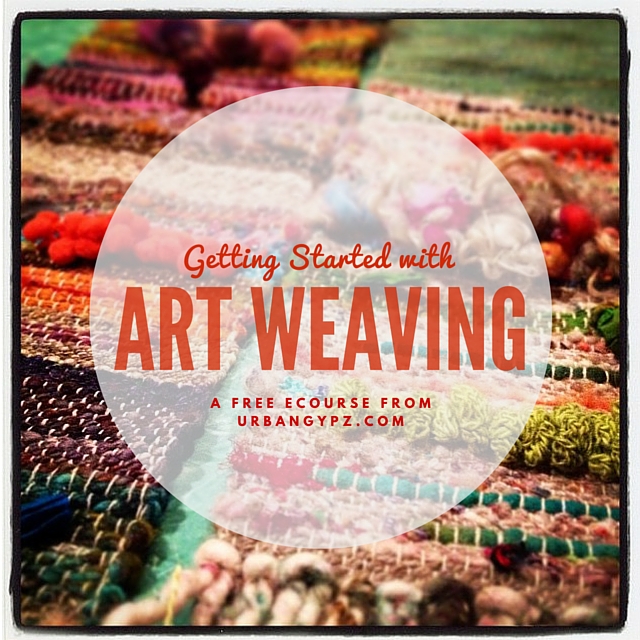
 Fiber artist Stacey Budge-Kamison AKA UrbanGypZ lives and works in Cary NC. She can also be found knitting in public, hammering out her latest e-course at local cafés and spinning yarns in her booth at her favorite arts festivals. A designer at heart, Stacey has decided that her mission is to help fellow knitters, crocheters, weavers and felters embrace their own style and creativity by exploring fiber art as it is a part of their everyday life and helping them embrace the title of artist no matter where they are in their journey.
Fiber artist Stacey Budge-Kamison AKA UrbanGypZ lives and works in Cary NC. She can also be found knitting in public, hammering out her latest e-course at local cafés and spinning yarns in her booth at her favorite arts festivals. A designer at heart, Stacey has decided that her mission is to help fellow knitters, crocheters, weavers and felters embrace their own style and creativity by exploring fiber art as it is a part of their everyday life and helping them embrace the title of artist no matter where they are in their journey. 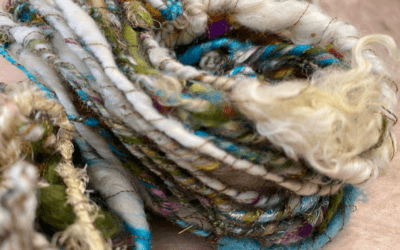
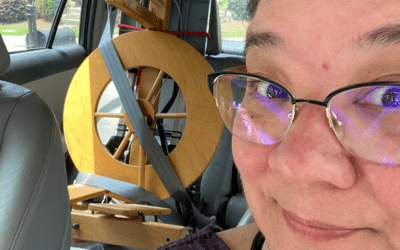
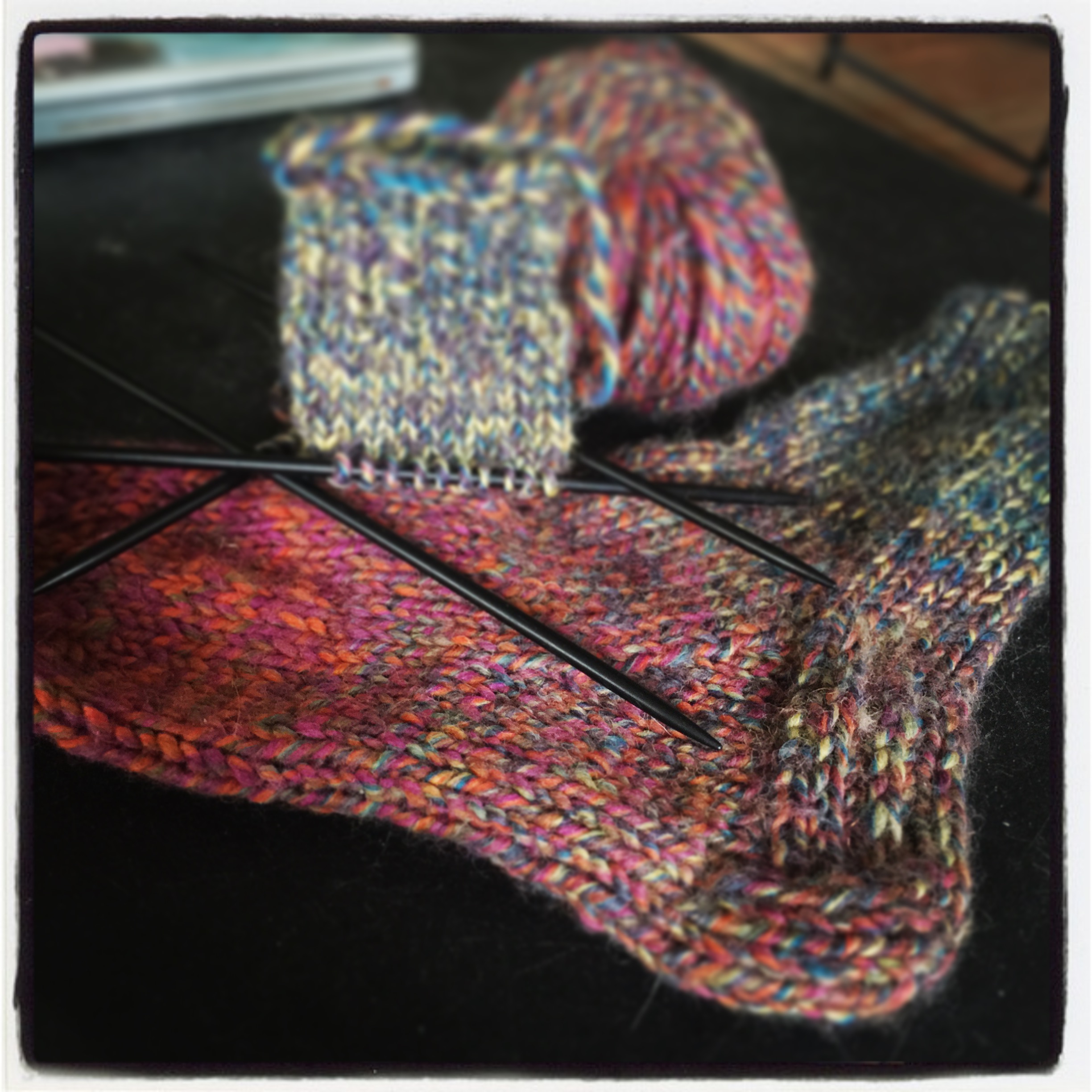
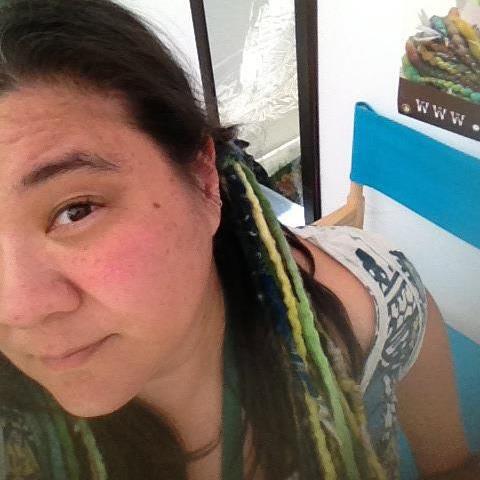



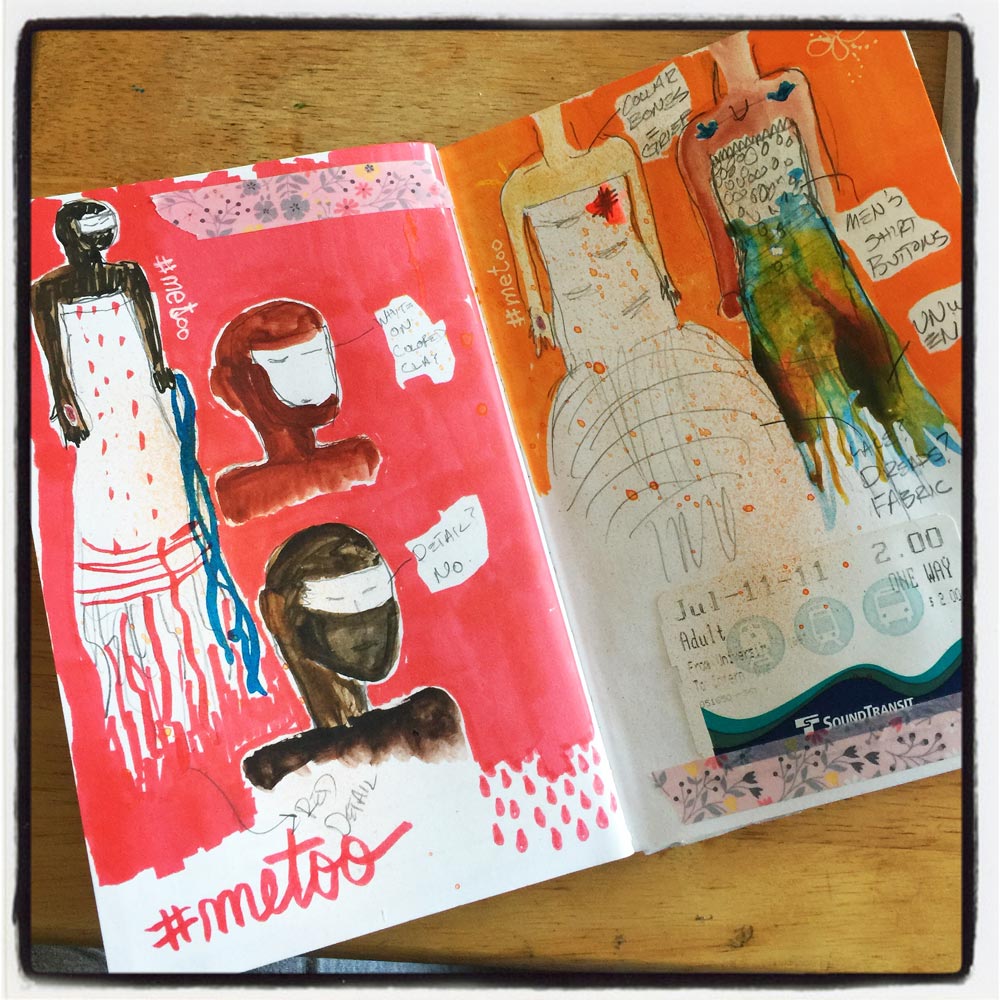
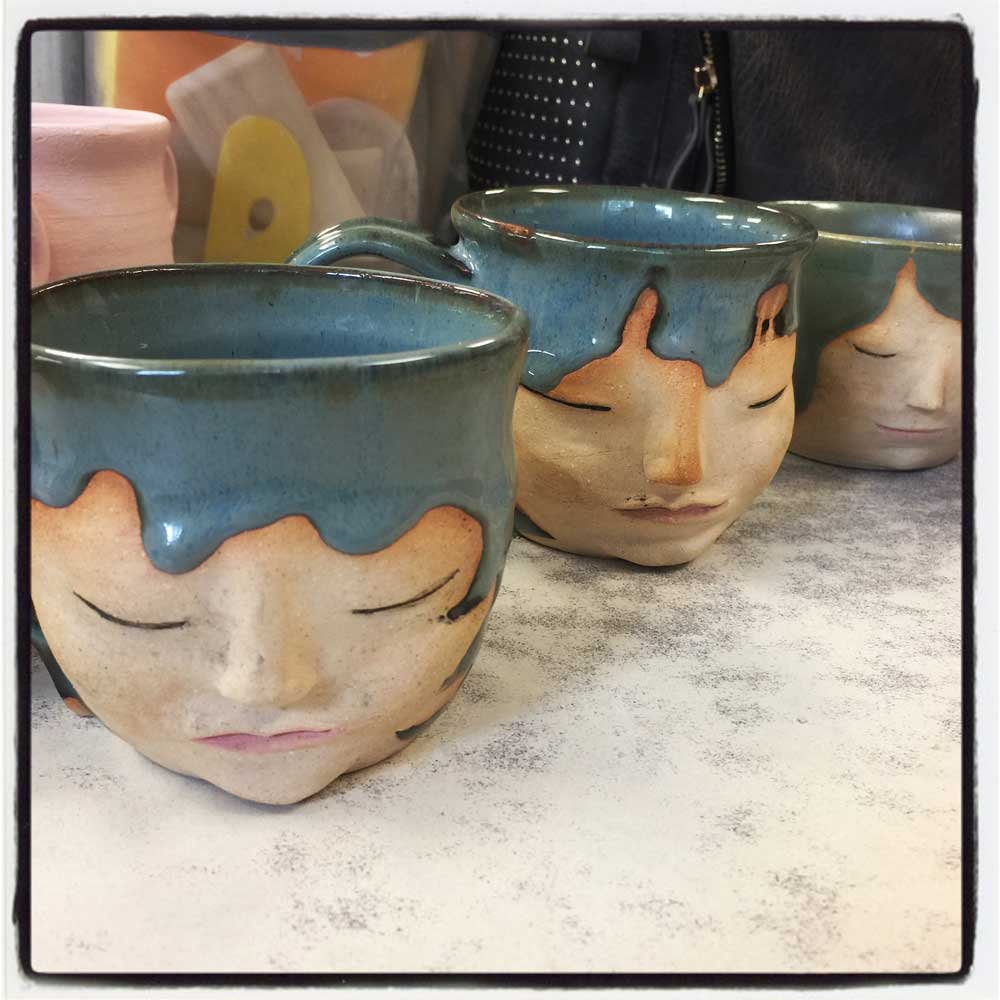

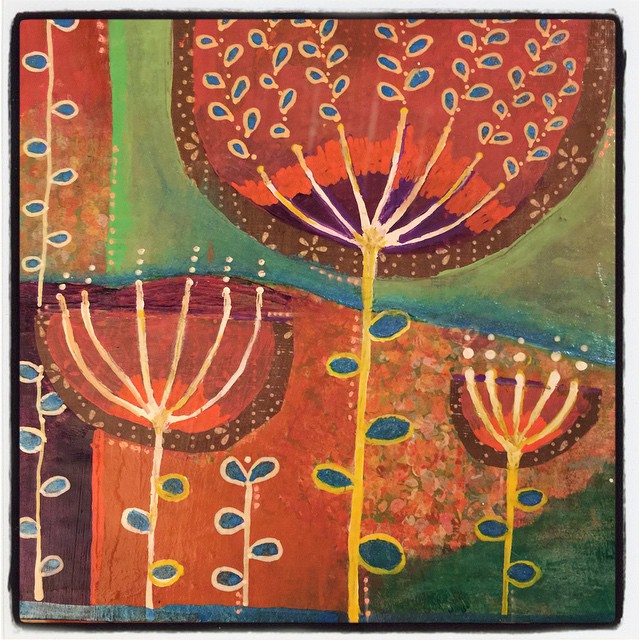

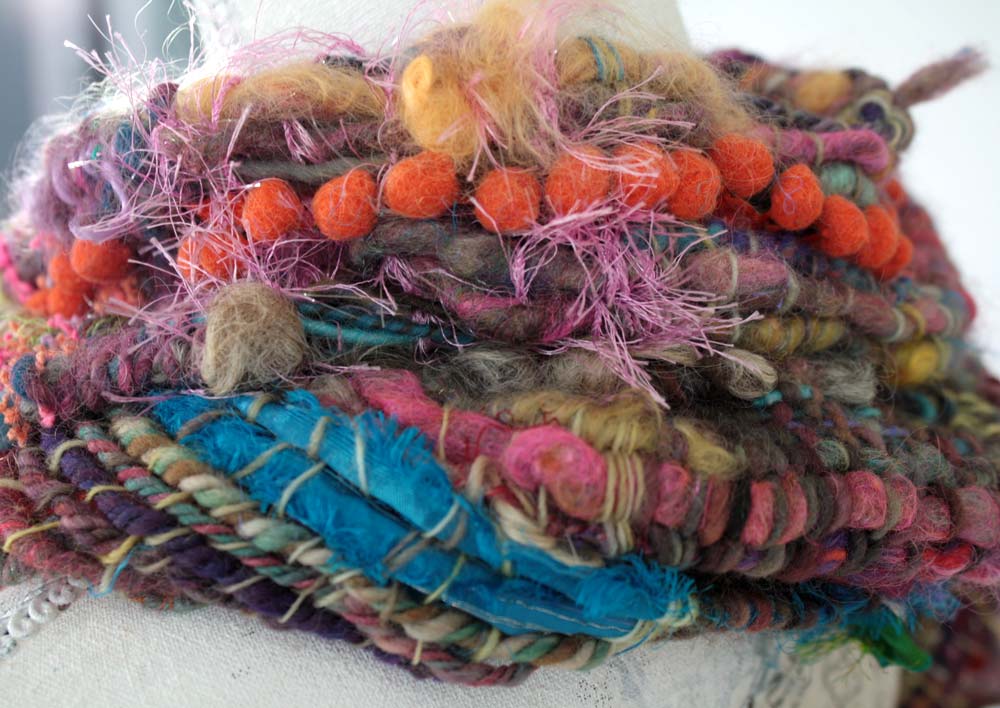
Beautiful honoring! You magnify and expand Susan’s knitting legacy.